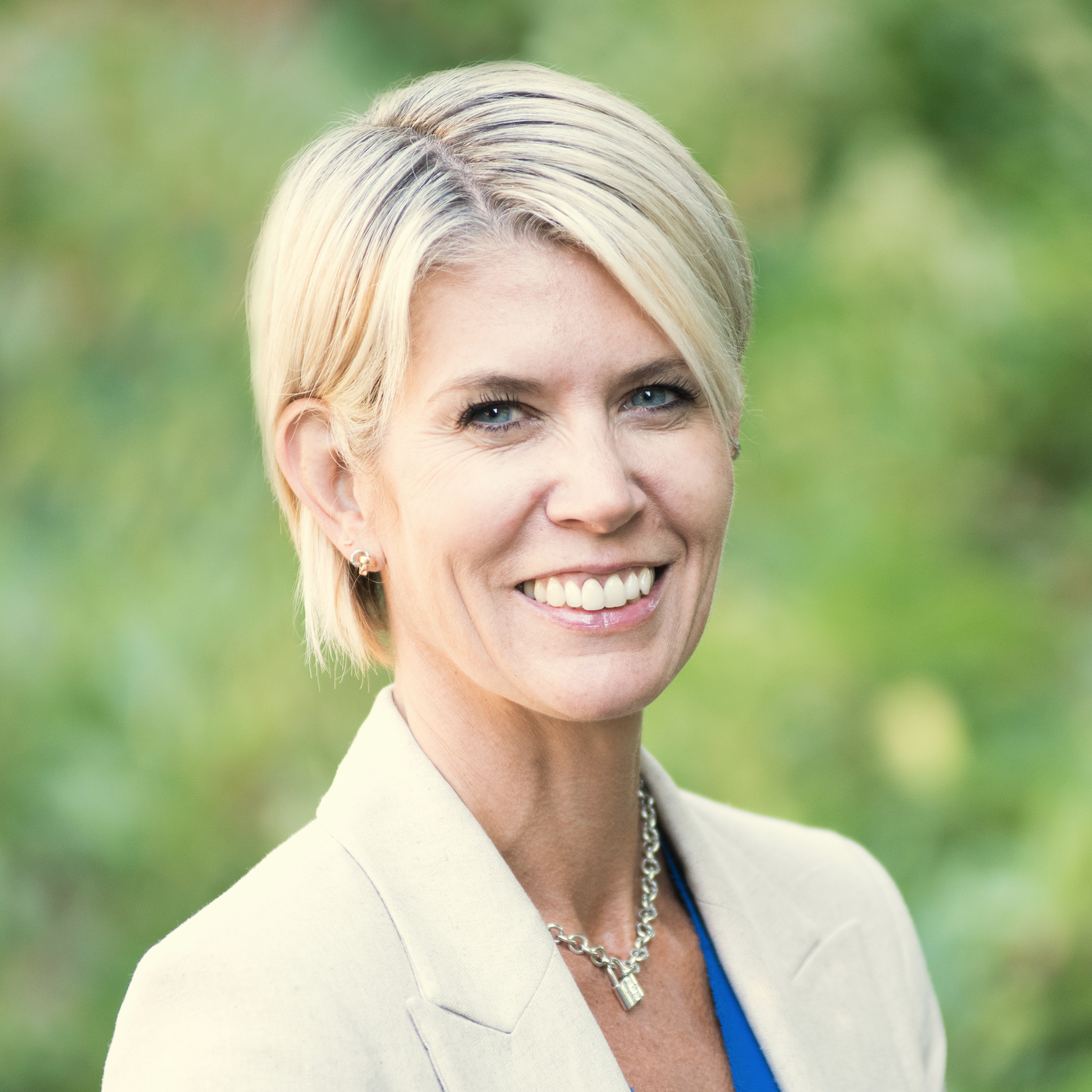There is a beautiful rhythm that hums when inclusivity is happening in a school. It sounds like laughter, engagement, conversation and consideration. It sounds like "I see you," "I am glad you are here," "I am curious to learn more about you," "I am present and I want to be here with you." It feels like warmth, safety, compassion and intelligence. It sings all means all, positioning learning and humanity at the core of what we do in public education. When I think about inclusive education, the music of my east coast roots take over and the beauty of the whimsical, edgy accordion expanding personifies the melody of inclusivity.
This early summer spin is one of reflection and resonance. As I reflect on what has worked well and what hasn't this past school year, there is a slightly buzzing sound to the stories of success and struggle. Sometimes it's the reedy, nasally vibration of growing pains, of not enough or not yet, but more powerful are the mellow, bright vibrations of inclusive successes and instructional shifts, making music in my mind.
Accordions are woven into the fabric of my childhood and cultural heritage, where weekend kitchen parties popped up like tradition itself. If you've ever listened to an accordion player, you will know the breathy, vocal-like stories that the accordion's small wind orchestra bellows. In the heart of countless Newfoundland kitchen parties, alongside fiddles, guitars, and bodhrans, the accordion’s mystery and magic dances through the air, a melody I’ve come to know by heart. Listening to an accordionist is like watching a one person band playing a mechanical marvel. With dozens of buttons, levers, reeds and valves, the music of the accordion creates a wild contagion of tapping feet and clapping hands as its gritty, emotional sounds cross musical borders. Accordions have character, they're able to go from wild and rowdy to hauntingly emotional within seconds. This often underestimated instrument deserves serious respect.

Inclusive educators are like accordion players. Through the art of expansion and contraction, they are able to navigate tight spaces where inclusive thinking and values have not yet rooted and may be getting the squeeze. Inclusive educators make music by revealing and celebrating the gifts every human brings to the school experience. With skill and intention, they press buttons, pull levers, and play keys, emulating the happiness of committing to the growth and development of all students in all classrooms. There is deep joy in the work of inclusivity in schools, it echoes through the hallways when a sense of belonging is woven into the fabric and expectation of educational excellence for all. I have often used the analogy of the accordion to help educators think differently about the construct of inclusivity. Just as an accordion expands and contracts to create music, inclusive educators need to flex, bend and adjust to the rhythm of student and staff needs. Just as the accordion combines different tones and notes to make a unified sound, inclusive educators bring together students of varied abilities to create a collaborative, rich learning environment. Both have the power to move people, intellectually, socially and emotionally.
There is an art, a harmony, to this work. When we are able to see it, feel it and hear it, we are better able to name it and nurture it. We have to be careful when it's magic gets muffled in the noise of numbers and not enough. We have to be careful that no one gets left out of the kitchen party. If we believe all humans deserve space and place in our public schools, then we must deepen our understanding of inclusive education to ensure all means all.
Leaning into a comprehensive working definition of inclusive education is a helpful starting point to ensure clarity around focal areas for ensuring all means all in Canadian classrooms. A working definition helps to provide a shared understanding of a concept that might be interpreted in many different ways. Working definitions also help to ground exactly what is meant by a term, assisting with clear and consistent communication. The construct of inclusivity can be particularly nebulous as it is broad and context dependent based on who's defining it and in what setting. In the context of Canadian public education, this is has been my longstanding, favourite, working definition of inclusive education:
- Inclusive education is a never-ending process of finding better ways of responding to diversity.
- Inclusive education is concerned with the identification and removal of barriers and using evidence to stimulate creativity and problem-solving in addressing these challenges.
- Inclusive education is about the presence, participation and achievement of ALL students.
- Inclusive education is a particular emphasis on the groups of learners who may be at risk of marginalization, exclusion or underachievement (DeMatthews, 2020).
It is important to recognize systemic barriers to inclusivity and to work towards squeezing them out of classrooms to ensure all means all. As you are hopefully slipping into summer reflection mode, here are ten barriers to inclusivity for educators to consider.
- Ethnocentrism: How do we ensure that all cultural identities are affirmed and celebrated in our school community?
- Bureaucracy: Are our systems and structures flexible enough to meet diverse learning needs?
- Language: How do we support language learners without deficit framing?
- Racism: Are we creating spaces where students and staff of all racial backgrounds feel safe, seen, and valued?
- Bias: Where might our assumptions, conscious or unconscious, be shaping how we see students, families, or colleagues?
- Fear: What fears are holding us back from fully embracing inclusive practices?
- Lack of experience/knowledge: Are we relying on a few individuals to carry the knowledge of inclusive education practices, or are we building collective capacity?
- Value assignment: Do we place more value on certain types of learners, behaviours, or achievements?
- Stereotyping: What assumptions do we make about students based on identity, background, or ability?
- Discomfort/resistance to change: What changes are we resisting, and why?
I recognize these questions require bold, brave conversations about our values, lived experiences and perhaps our imperfect human selves. We can only open this level of dialogue in professional spaces where relationally and psychologically we feel safe and seen. As we work towards coherence in Canadian public schools understanding that barriers exist and addressing them requires intentional inquiry alongside of honest, open conversations about educational priorities and strategic planning.
There is a harmony to inclusive education, much like the infectious rhythm of the accordion. Both carry a textured beauty, raw and gritty, yet undeniably melodic and joyful. Each is an instrument of nuance, shaped by fascinating contractions and layered complexity. This work in our schools is human, grounded in the deep rhythms and rhymes of connection. It calls for approaches that are different, sometimes unexpected, but always intentional, ensuring that all truly means all.

A special thank you to all the inclusive educators and leaders out there who, like accordions, deserve serious respect. Happy summer and thank you for all you do to support all students, all the time.



